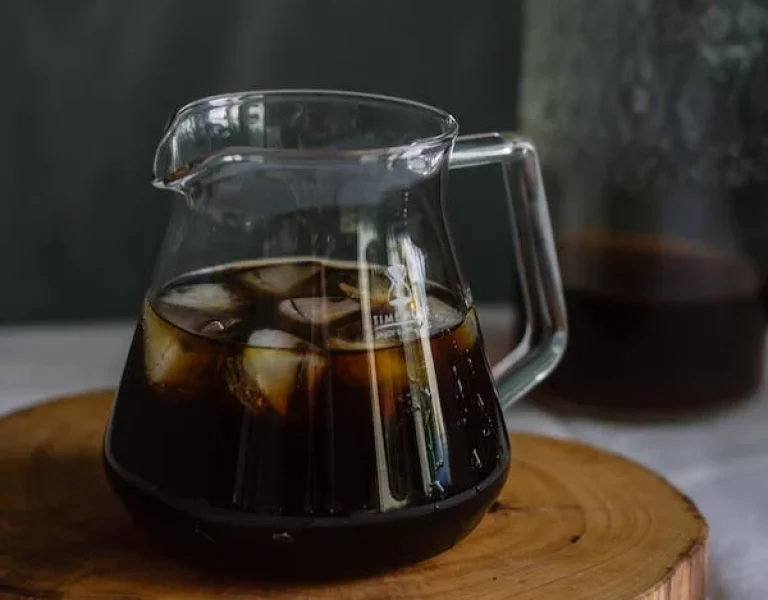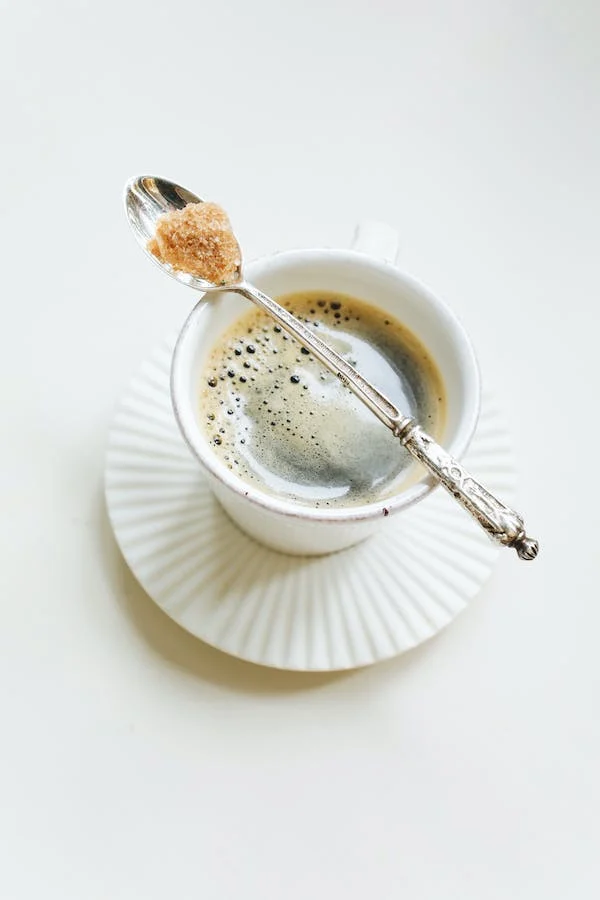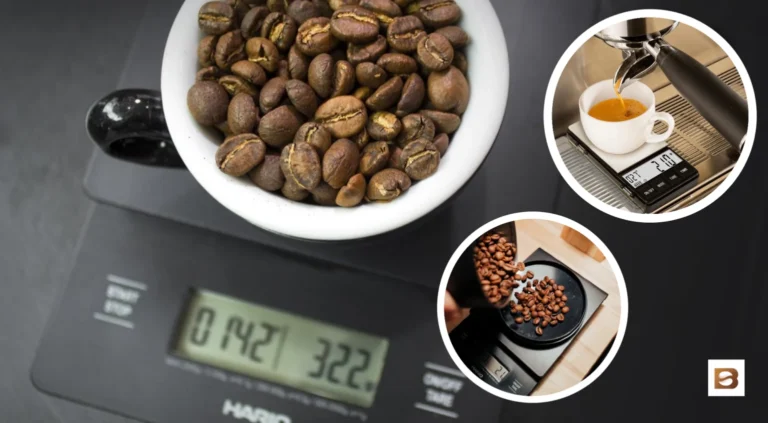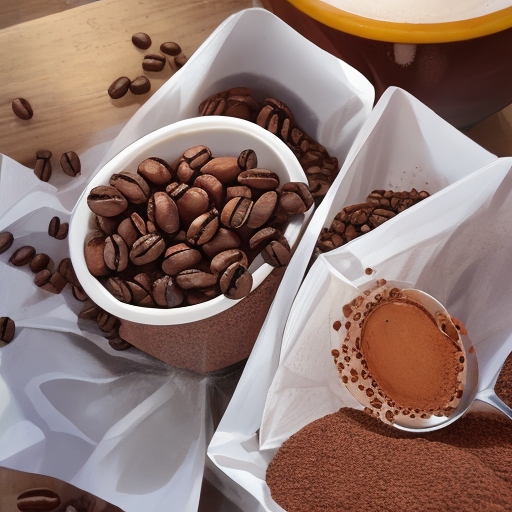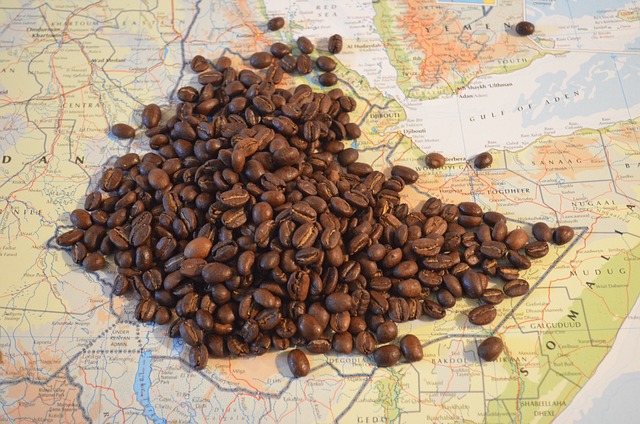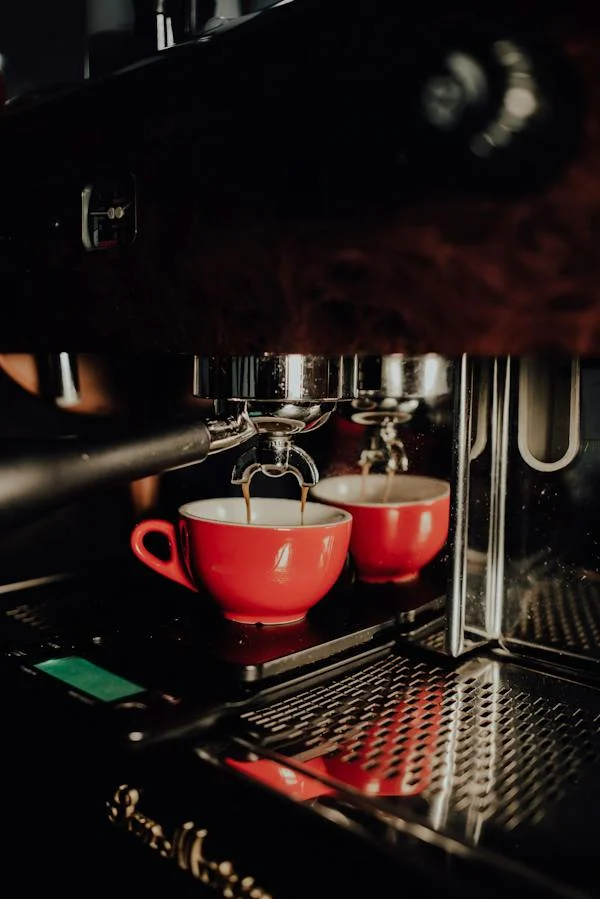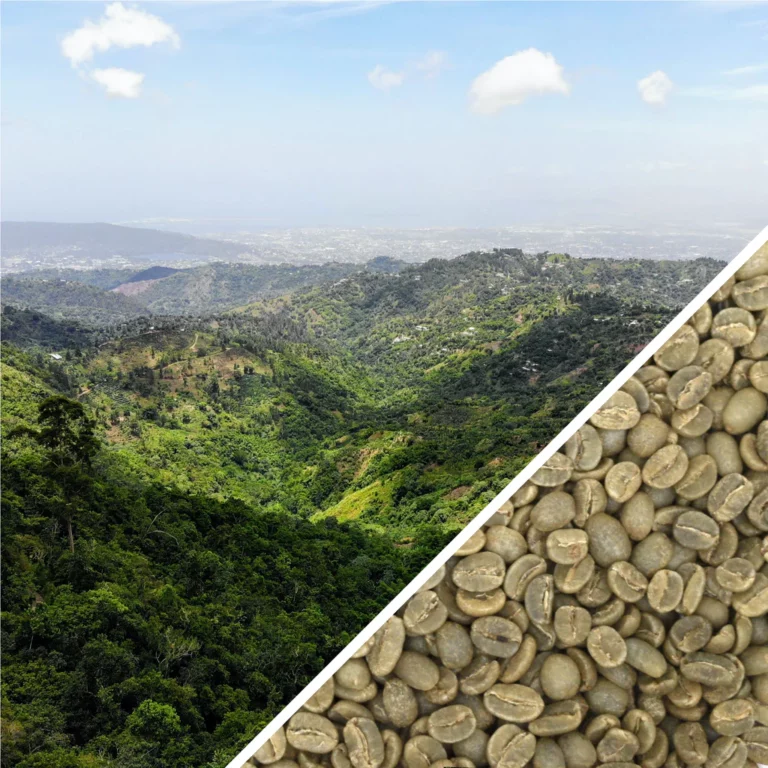Coffee Brewing Method – 6 ways to brew Your Coffee

Embark on a journey through the rich world of coffee brewing methodes! In this guide, we explore 6 exciting ways to elevate your coffee experience. From classic pour-over to trendy cold brew, discover the perfect method for your daily brew ritual. Let’s dive in and unlock the secrets of exceptional coffee at home!
Pour-Over Method
Indulging in the timeless art of coffee-making, the pour-over method stands as a classic and widely embraced approach.
Here’s how it unfolds: Coffee grounds nestle into a paper filter, snugly lining a plastic, metal, or ceramic cone dripper. Positioned gracefully over a carafe, decanter, or your favorite coffee mug. The dripper becomes the stage for the magic. With a touch of manual finesse, hot water is poured in a rhythmic dance, circling over the coffee grounds, ensuring an even extraction. As the liquid gold drips, it finds its way into the awaiting carafe, promising a rich and nuanced brew.

Why Do We Recommend?
Pour over coffee stands out for its ability to deliver an even and meticulously controlled extraction of every coffee ground. This precision in extraction sets it apart from the more automated drip coffee makers, offering a level of control that enthusiasts truly appreciate.
For those seeking an authentic taste exploration of single-origin coffees, the pour-over method reigns supreme. With mastery of this technique, it becomes a conduit for unveiling the subtle and distinct tasting notes from coffee beans sourced across the globe. It’s not just a brewing method, it’s a passport to a nuanced and flavorful coffee experience.
French Press Method
Dubbed by some as the “European Method,” the French Press method has a history wrapped in a subtle debate over its origins.
Although the roots trace back to a Frenchman in the 1850s, the iconic French Press designs we encounter today were patented by an Italian individual in 1928 and a Swiss inventor in 1958. The debate over who truly invented it and when adds an air of mystery to this immersion brewing method.
In essence, the French Press entails immersing coffee grounds in hot water, followed by straining or pressing the brew through a fine mesh filter. Whether you favor the robustness of medium to dark roast coffees, the French Press remains an excellent choice, delivering a distinctive and full-bodied coffee experience.

Why Do We Recommend?
The French Press brewing method has garnered adoration for various reasons. It boasts an easy mastery, allowing coffee enthusiasts to quickly become adept at the process. Furthermore, this method liberates an abundance of natural oils from the coffee grounds, contributing to a rich and flavorful brew. A notable convenience is that the same device used for brewing can seamlessly transition into a serving carafe, making it a versatile and beloved choice among coffee aficionados.
The roots of true cold-brewed coffee, crafted with cold water, trace back to Japan. Kyoto-style coffee, named after its prevalence in Kyoto, Japan, stands as the earliest documented form of cold-brew coffee. Evidence indicates that the Japanese embraced this brewing method as early as the 1600s, though historical records prior to that period remain somewhat ambiguous.
When brewing cold brew at home, you have the flexibility to use any coffee roast that suits your taste. If you’re new to selecting roasts, it’s essential to choose wisely, considering variations in caffeine levels, acidity, and flavor.
For beginners, picking up a bag from your local coffee shop is a great idea. Opt for your preferred roast or seek advice from your barista on the best option for creating a delightful cold brew.
Why Do We Recommend?
The Cold-Brew Method stands as a true coffee innovation. Its appeal lies not only in the remarkable taste it delivers but also in the unique texture and flavor profile it crafts, distinguishing itself from the conventional brewing methods. The slow, cold extraction process allows for a smoother, less acidic cup, unveiling a depth of flavors that captivates the palate. It’s a refreshing departure from the ordinary, offering coffee enthusiasts a delightful journey into the world of chilled, nuanced brews that redefine their coffee experience.
Turkish Coffee Method
The journey begins with the careful selection of finely ground Arabica coffee beans, setting the stage for an aromatic experience that transcends the ordinary. A special pot called a cezve takes center stage, and precise measurements of water and coffee grounds are crucial to achieving that perfect balance of strength and flavor. For those with a sweet tooth, sugar is added during the brewing process, allowing the flavors to mingle and create a harmonious blend. The cezve, nestled on hot sand or a low flame, orchestrates a delicate dance of heat. Patience is key as the coffee slowly simmers to perfection. As the coffee reaches a boil, it transforms into a frothy concoction. The foam, known as “köpük,” is a hallmark of well-brewed Turkish coffee.

The pouring of the coffee is a ceremony in itself. Each cup receives its share of rich liquid gold and a bit of foam on top. Turkish coffee is not just about taste; it’s a fortune-telling adventure. Residual coffee grounds settle at the bottom of the cup, revealing glimpses of the future through the ancient art of tasseography.
Why Do We Recommend?
In the heart of this centuries-old tradition, Turkish coffee-making is more than a method… It’s a celebration of culture, patience, and the joy found in a single cup. As the aroma fills the air, so does the essence of a ritual that continues to captivate coffee lovers around the world.
Stovetop Moka Pot
This timeless method brings forth a rich and robust cup of coffee, embodying the essence of European coffee culture. Let’s delve into the simple yet artful process of crafting the perfect Moka pot coffee.
Begin the ritual by disassembling the Moka pot into its base, filter basket, and upper chamber. Familiarize yourself with the iconic design that has graced kitchens for generations. Opt for a medium-fine grind to ensure optimal extraction. The grind consistency plays a vital role in achieving the distinctive flavor that defines Moka pot coffee. Measure the coffee grounds and water with care, maintaining the ideal ratio for a balanced and flavorful brew. Spoon the measured coffee grounds into the filter basket, ensuring an even distribution. Resist the urge to tamp down the coffee; a gentle leveling is all it needs.
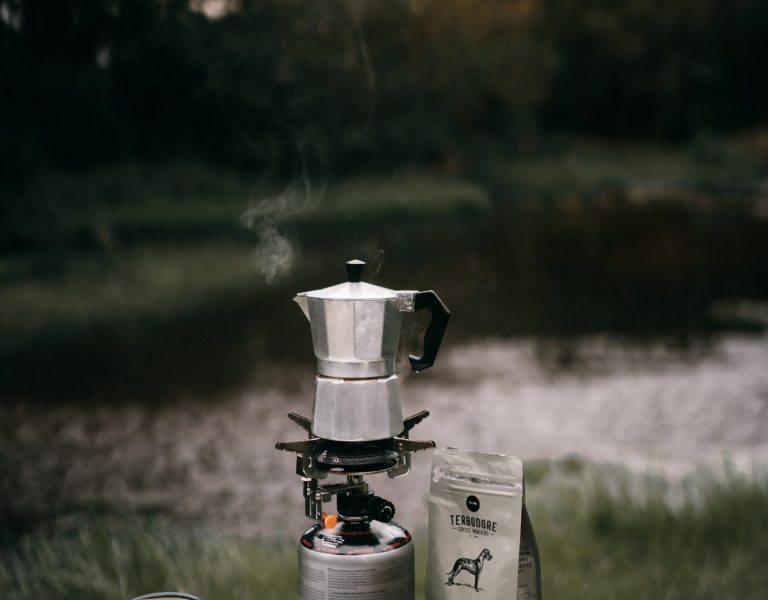
Pour water into the Moka pot’s bottom reservoir, making sure not to surpass the safety valve. Assemble the pot, securing the filter basket in place. Place the Moka pot on a stovetop burner over medium heat. The magic unfolds as water transforms into steam, pushing through the coffee grounds, and collecting in the upper chamber. The Moka pot’s unique design ensures a full-bodied extraction. Once the upper chamber is filled, remove the Moka pot from the heat. Pour the coffee into your favorite cup or espresso glass, ready to be relished sip by sip.
Why Do We Recommend?
The Moka pot produces a coffee that is renowned for its rich and robust flavor. The brewing process extracts the deep, full-bodied essence of the coffee grounds, offering a distinctive taste that captivates the palate.
Siphon Method
Experience the Siphon brewing method as more than just making coffee; it’s a captivating performance that transforms the brewing process into a visual spectacle. Utilizing vapor pressure and vacuum suction, water is drawn upward through a tube, creating a mesmerizing blend of science and art.
The Siphon method stands out by fully immersing coffee grounds in water, guaranteeing a comprehensive and uniform extraction. This immersion plays a crucial role in crafting the rich and aromatic profile that defines Siphon-brewed coffee.

The Siphon method’s use of a consistent heat source and the vacuum effect helps maintain a stable brewing temperature. This temperature stability is crucial for unlocking the full spectrum of flavors without scalding or under-extracting the coffee. The method’s filtration system, often using a cloth or metal filter, ensures that the final cup is free from sediment. Siphon brewing isn’t limited to a specific coffee type. It accommodates a variety of beans, allowing coffee enthusiasts to explore different origins, blends, and roast levels to discover new and exciting flavor profiles.
Why Do We Recommend?
The Siphon Method achieves an exquisite flavor profile by meticulously controlling variables such as water temperature, immersion, and brewing time. This method unveils the intricate notes and complexities inherent in the beans, delivering a cup of coffee that is both rich and satisfying.
Conclusion
In the dynamic world of coffee, various brewing methods offer a spectrum of flavors to suit every palate. From meticulous pour-over finesse to the immersive allure of the French Press, each method weaves distinctive charm. Drip brewing for convenience, espresso’s robust intensity, the icy refreshment of cold brew, the timeless tradition of Turkish coffee, and the mesmerizing Siphon method contribute to the vibrant tapestry of coffee culture. Whether savoring subtleties or seeking boldness, these techniques guarantee a tailored cup.

